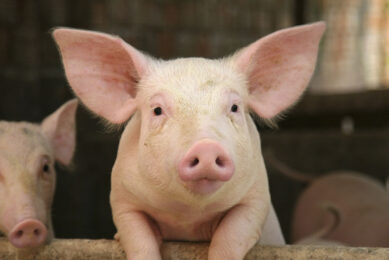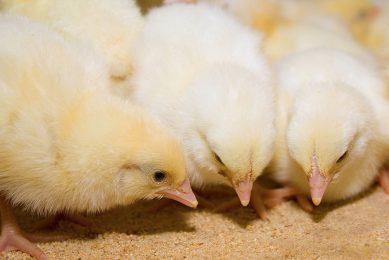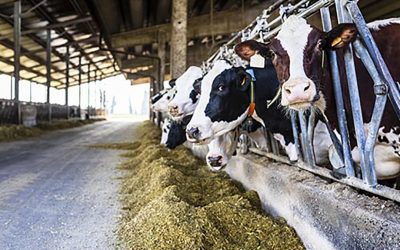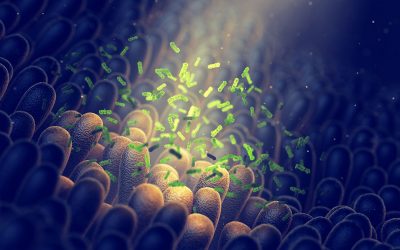L-Selenomethionine – innovation at its best
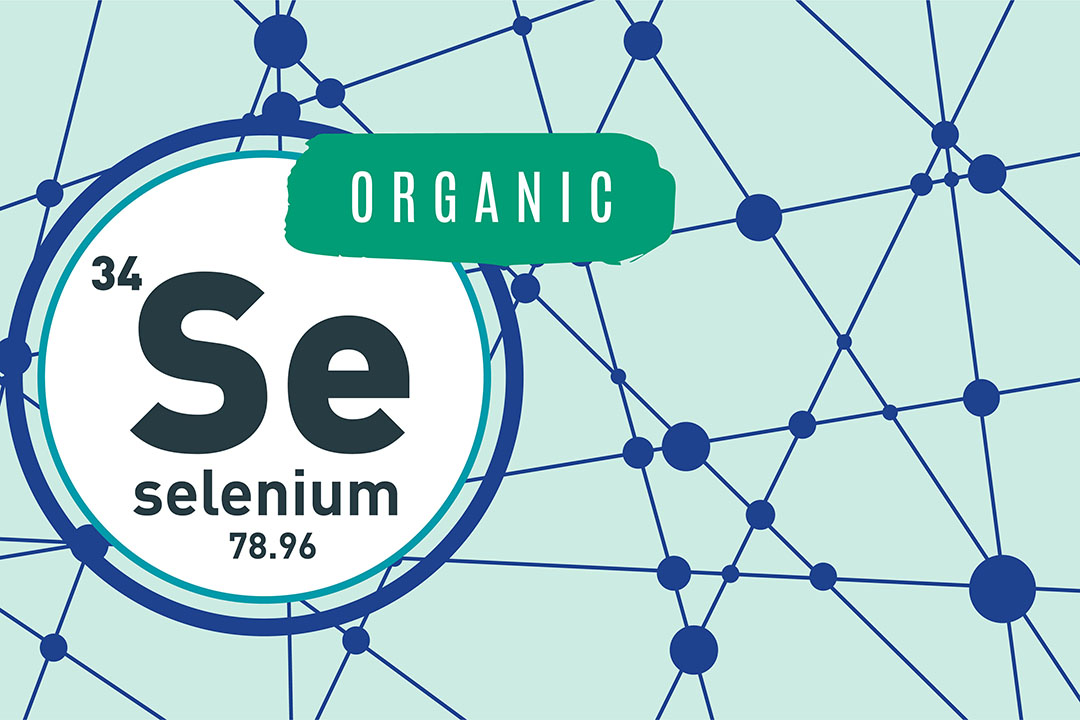
Selenium (Se) has been added to feed for many years. It is well known that global Se levels can be very low in soils and consequently in feed materials as well. In order to prevent Se deficiency and large economic losses, Se is added to the diet in different forms. Organic selenium, however, is able to supply the animal its required amount of Se in every situation.
Organic Se is formed in plants when selenium, taken up from the soil, is being transformed to the compound L-Selenomethionine (L-SeMet). This compound will be deposited in the protein fraction of the plant via non-specific incorporation instead of L-methionine. Because Se is a sulphur analogue it can substitute sulphur in a series of compounds, including L-methionine. This mechanism enables the plant to accumulate Se and store it for future use.
Most plants used as feed material are, unfortunately, non-accumulators and therefore have low Se concentrations. Animals, digesting plant material, will use the L-SeMet and incorporate it directly in their protein fraction. This is in comparison with all other Se compounds (inorganic and organic) which are first reduced to hydrogen selenide. This will increase their Se status temporarily, but excess selenium will rather quickly after intake be excreted via urine or breath. L-Selenomethionine, on the other hand, provides a Se storage function that can sustain the production of selenoproteins over time.
Organic Selenium – a vast array of choices?
The organic Se market is dominated by a limited amount of compounds (Table 1). As a first source of organic selenium, selenised yeasts made their entry in the animal feed market at the beginning of the 21st century. Yeast producers altered the standard fermentation process by adding Se, in the form of sodium selenite, to the culturing medium.
This resulted in the incorporation of the Se atom in L-methionine before incorporation into the protein fraction of the yeast. Unfortunately, due to metabolic restrictions, it is impossible for the yeast to accumulate all Se in most effective bioavailable form (=L-SeMet). Only ± 63% of the total Se content of a selenised yeast will/can be in the form of L-SeMet.
When taking into account the digestibility factor of yeast protein (±80%), approximately only 50% of the total Se content of a selenised yeast is available to the animal in the form of L-SeMet. On top of that there is a known, huge variability in the amount of Se in the form of L-SeMet that a selenised yeast is providing (AllAboutFeed, August 2018). Excential Selenium4000 (Orffa Additives BV, The Netherlands) is the organic Se compound that brings all Se in the most effective form (=L-SeMet). Additionally, the digestibility factor is 100%, as the product is made up of single amino acids. On top of that, the product is the only dust free organic selenium source, which is of huge importance in respect to workers safety.
A third organic Se compound, known as hydroxy-selenomethionine (OH-SeMet) cannot be used directly by the animal as it has to be first converted to L-SeMet by a two-step enzymatic pathway. Scientific data show that the relative utilisation of the OH-form for both methionine as selenomethionine is only 80% compared to the L-form (EFSA Journal 2012;10(3):2623 ; Van Beirendonck et al. 2018).
Organic Selenium – advantages for the animal
When looking at the metabolism, organic Se (in the form of L-SeMet) has the advantage over all other selenium compounds because it is able to incorporate, directly and non-specifically, into animal proteins. This enables the animal to efficiently increase its Se reserves and at the same time providing optimal Se supply to the metabolism. L-SeMet will also be stored in milk and eggs and therefore provide adequate Se for the offspring. Positive effects are seen from the embryonic stage until the meat is consumed by the consumer.
Table 2 gives an overview of the most important effects of providing organic Se via the diet. L-SeMet is consistent in providing the highest Se deposition in all animal species and in meat, milk and eggs. The highest Se deposition ensures optimal Se supply to combat oxidative stress during transportation, early-life, growth, reproduction, heat and inflammation. It provides also the possibility to increase the Se status of humans through the biofortification of animal products.
Lifted to maximum potential
Organic selenium (in the form of L-SeMet) has long-standing proven benefits over inorganic selenium. Thanks to day-to-day engineering and innovation, organic selenium has been lifted to its maximum potential. Excential Selenium4000 (Orffa Additives BV) is the only organic product in the market providing all selenium in the most effective form (= L-Selenomethionine). There is no variation in concentration in comparison with other organic selenium sources and on top of that it is the only organic Se source that ensures workers’ safety due to the absence of dust.
References available upon request
Author: Brecht Bruneel, Orffa Additives BV, The Netherlands –
Bruneel@orffa.com



